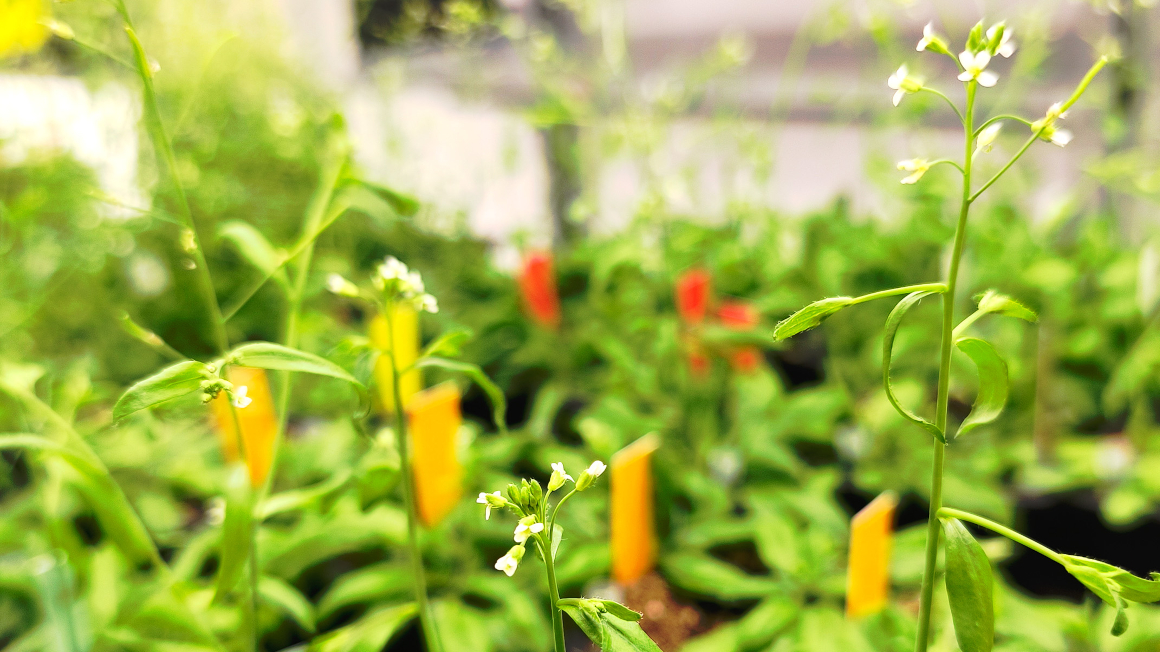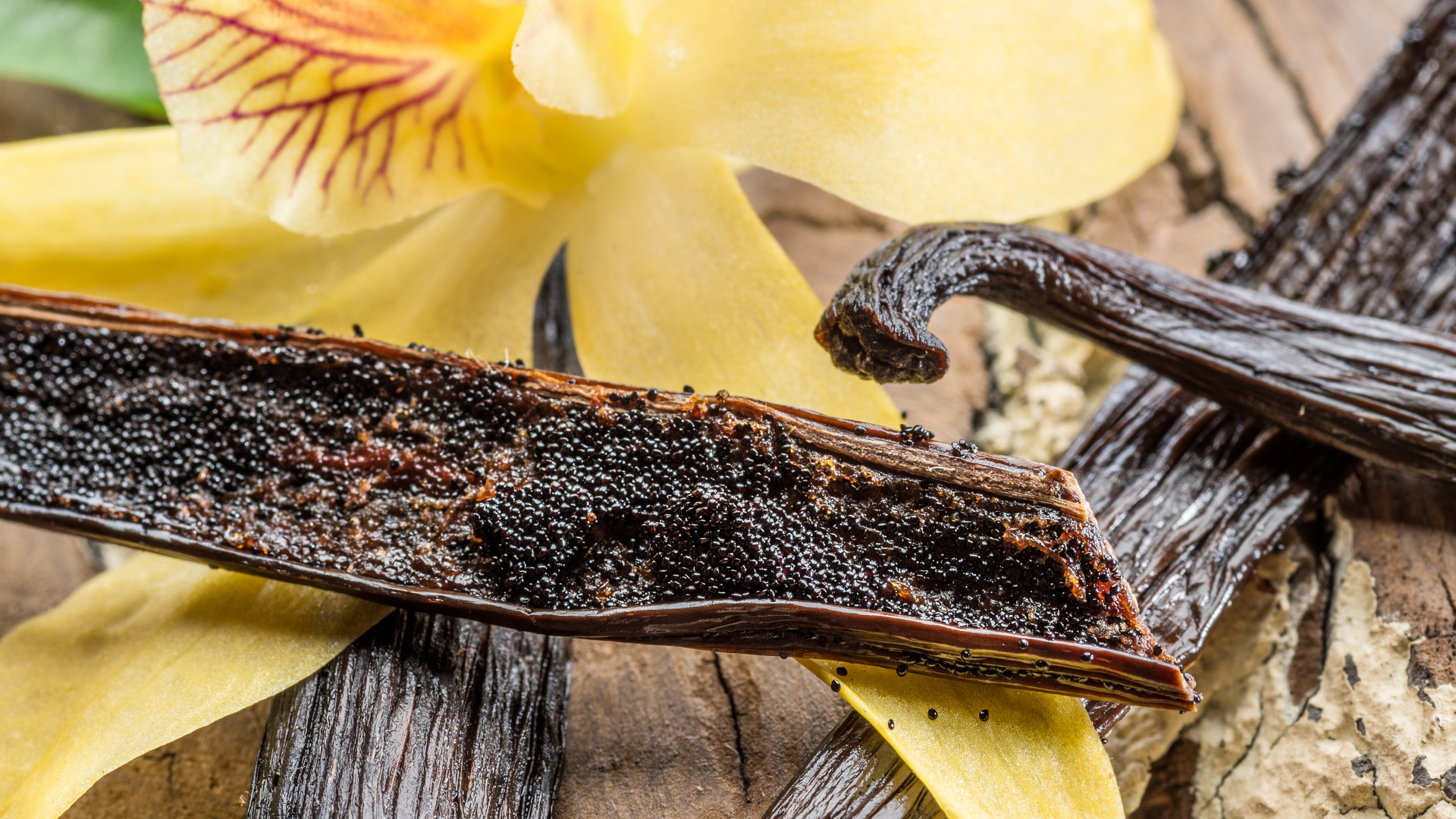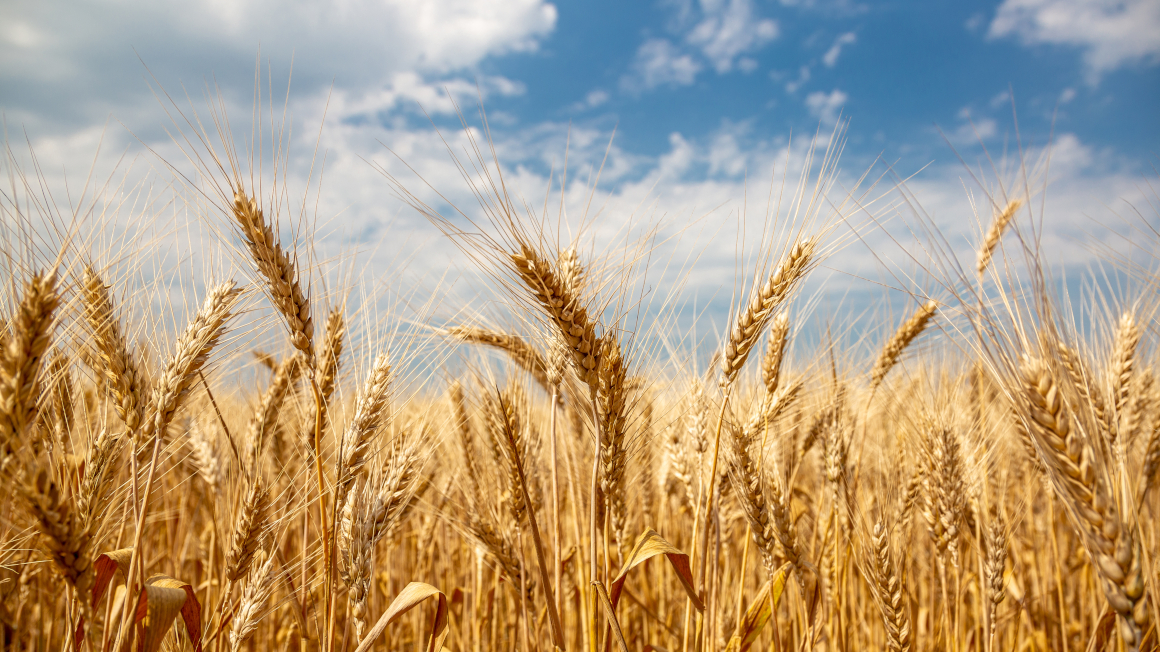How plants adapt to environmental conditions
Freiburg researchers have discovered a cellular growth switch that regulates the plant hormone auxin and thus plant growth in response to environmental changes.

The phytohormone auxin is involved in almost all developmental processes in plants. Among other things, this signalling substance, which is produced in the leaves, ensures that the plant grows towards the light and forms lateral roots. But how do plants manage to adapt their growth to increasing environmental changes? Answers are provided by a study conducted by researchers at the University of Freiburg in Germany.
ERAD mechanism acts as a growth switch
As the team writes in the journal Science Advances, a type of cellular breakdown mechanism in the background determines whether the plant hormone auxin is available or not. The so-called ERAD machinery acts like a switch, allowing the plant to adapt its growth – for example, the roots or the curvature of the shoots towards the light – to environmental conditions. ‘The plant decides whether auxin is active or not – and thus flexibly adapts its growth to the environment,’ explains study leader and plant physiologist Jürgen Kleine-Vehn.
Mechanism regulates availability of auxin
At the heart of the mechanism are the so-called PILS proteins, which act as molecular ‘gatekeepers’ for the central plant hormone auxin. In the study, the researchers were able to show that the ERAD machinery regulates the amount of PILS proteins as needed. This means that as soon as environmental conditions change, the molecular gatekeepers are broken down, clearing the way for auxin to leave the cell interior and allowing the plant to change its growth mode. If everything remains stable, the PILS proteins remain intact and thus prevent the plant hormone from becoming active.
Potential for plant breeding
With their study, the Freiburg researchers show how closely internal control mechanisms and external signals are linked and regulate plant growth. These findings are also crucial for plant breeding. ‘If we make targeted use of such mechanisms, crops could become more resistant to stress,’ says Seinab Noura, biologist at the University of Freiburg and first author of the study.
bb


